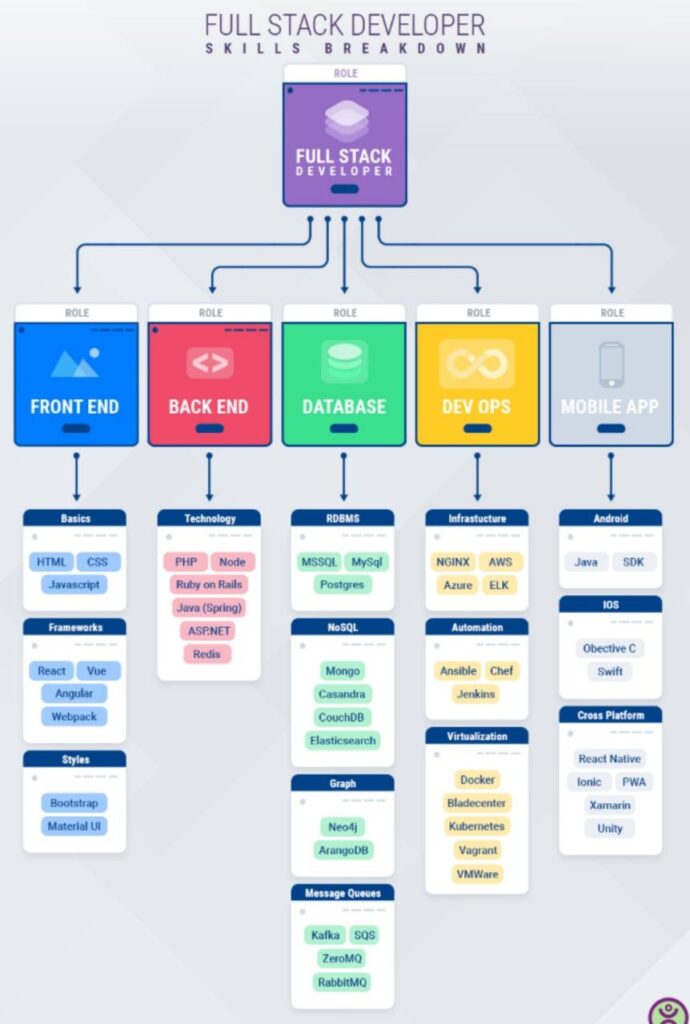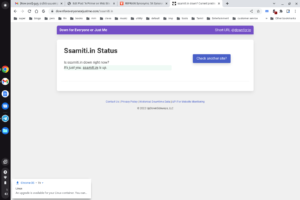Information technolgy is a field that’s ever expanding, touching every industry , every activity of the commerce, education, administration , the world over.
India , surprisingly has taken to digital transactions and e commerce like fish to water. A kirana store in Kerala is taking orders and supplying to buyers at Madhya Pradesh. Bhanwari lal halwai, Mhow has pan India clientele because of e-commerce.
All these activities require good programmers for design , development and maintenance of web sites. No country has even a small fraction of the number of people required with aptitude for coding. Even if they do have, it’s just not possible to find time for so many businesses, so many websites and web applications.
So what we have today are tools to automate design and development of software.
Gone are the days when men were men and did their own coding.
Welcome to the world of drag and drop development with zero knowledge on HTML / MySql /CSS/ Javascript /PHP and languages that were once like mother tongue for a developer.
WordPress started as an open source CMS for bloggers. Now it has expanded into other fields to the extent that 70% of web sites today are powered by word press.
A word about web site development. Skills required for developing a web site includes knowledge of Front end , Back end, Database , Dev OPs and Mobile App.
Someone who does everything is a full stack developer .

Now coming back to word press, it is a free of cost platform that facilitates a novice to create a complete web application in an hour or two , what a full stack developer with five years experience may do in two months.
All hunky-dory, right ? It’s not always so .
Now let us compare wordpress site vs a DIY customised application.
You will find a number of articles on the subject , I stick to my own experience in the field. As some one who has moved on from dbase to foxbase / foxpro /ms access and mysql I have always loved learning database . HTML and CSS have been a pain to learn ; an unavoidable pain . But there is no front end without HTML and css and front end is all that people see.
After a long night of coding in php to achieve that wonderful, intricate calculation for producing a balance sheet , all you hear on the next day from a user is that ” why can’t that column be aligned a little more to the right ?”. Front end is all that people see; and the efficiency of an application depends on the code behind , that people don’t see.
php as a scripting language is also fun learning as it works wonderfully well with mysql; a great couple that can produce absolute magic when waltzing together in harmony.
A Tabulation Word Press Vs DIY
|
|
Word Press |
DIY |
| 1. |
Time to develop |
If you want to start an e-commerce business, in a day or two you can set up your web site and start selling right away. |
Will need a couple of discussions between the developer and user just to understand the requirements. Will take a month or two. |
| 2 |
Customizability |
Very limitted |
Sky is the limit |
| 3 |
Adding features |
Depends on plugins to add features. Can be done on the fly with the right plugins |
A skilled programmer can add features on the fly.
But mostly it takes a day or two. |
| 4. |
Maintainability |
Requires a deep understanding of WordPress and when something goes wrong, it is extremely difficult to detect. |
Very easy if the documentation has been done right. |
| 5. |
Size |
Bulky and can become unwieldy very fast if not cleaned up regularly. |
Absolutely light and easy to keep it so. |
| 6. |
Appearance |
Often, looks can be awesome as it just involves installing an awesome theme; but changing the color a shade up or down can be next to impossible. |
Requires front end skills that not everyone can master easily. These days people like me depend on frameworks like Bootstrap for front end design. |
| 7. |
Upgradation |
WordPress version gets regular upgrades. Each plugin is upgraded separately. If for some reason a plugin is not being maintained by the author, it can lead to compatiblity issues. |
only php version needs to be upgraded and some functions in the code may be required to be modified. But rarely requires an upgrade. |
| 8. |
Website Speed |
It works very well when there are no compatibility issues between theme and plugins. When there is a problem it can drastically bring down the speed. |
Can be very fast . |
| 9. |
Database |
the entire database is created, populated and maintained by WordPress and its plugins. Since it has to cater for a wide range of applications , the number of tables are very high. I am aware of an e commerce application having about 230 tables with only six of them being used.
Uses a complex method to store data. |
Often the number of tables are very few and all are in use by the application .
uses a simple method to store data. |
The write up would not be complete without a brief on plugins.
WordPress is written in php and uses MySql for its database. WordPress is written for blogging and so the database is created to hold contents like posts , category,comments etc.
For diversifying into applications like E commerce or education , the same model is used and every input is stored in tables . Since these tables as required are not avilable by default , a plugin for say e commerce creates these tables and also code snippets for data handling.
For other functions like forms, you have more plugins with code snippets. Since these code snippets are produced by different developers over different periods of time , compatibility is most important.
Most plugins use existing tables and that’s how you find some tables with over 200,000 records and occupying about 100 mb. It slows down the system. The solution is not to just delete old records but to weed out the debris left behind by some plugins unused or later removed.
The WordPress environemnet along with its 30-40 plugins is like an office with 30-40 members of staff each doing his job. Some plugins are created keeping in view the design of other plugins while some are designed as stand alone .
In short , a web application created using WordPress can be like an office where three or four members of staff don’t talk to each other at all and hence would not know what the other is doing. There would also be three four members who always keep talking to each other only to fight for system resources.
When these plugins work in harmony , well integrated to the installed theme , it’s sheer Music !




